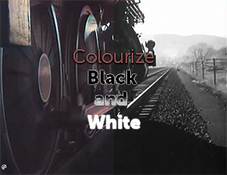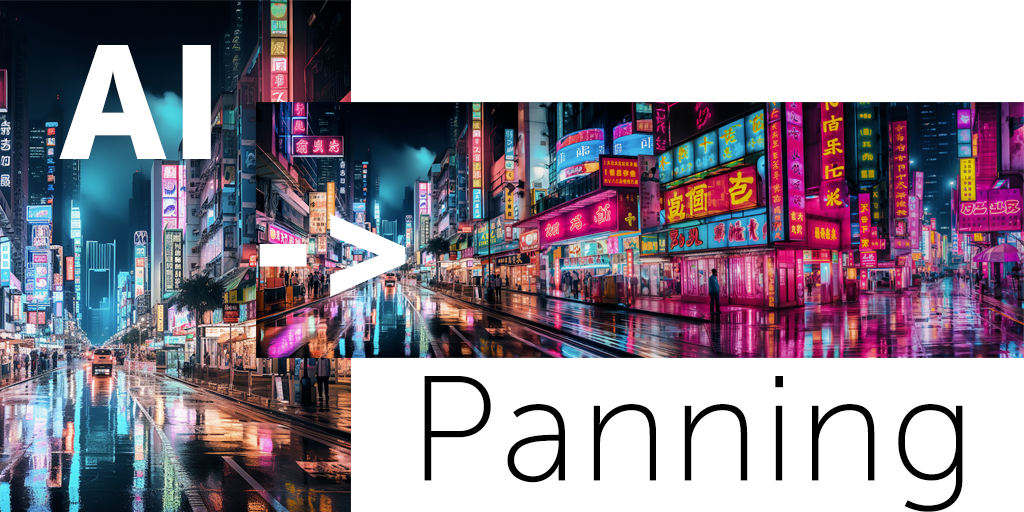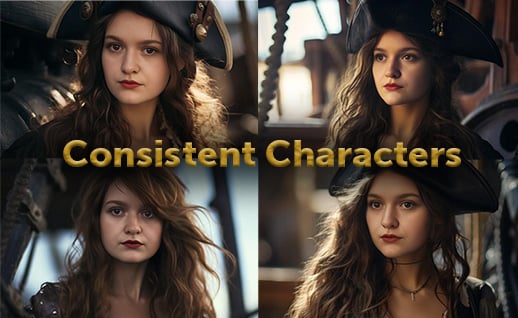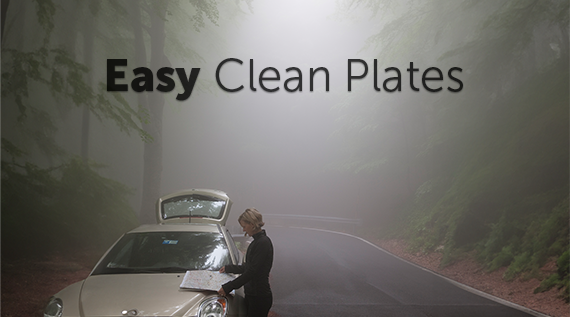A film is like a journey — it starts at point A and travels to point B. Every director must determine not only its destination, but the pace at which it unfolds. Will it be a slow and steady walk, a fast and frantic race, or stop-and-go traffic?
Pacing
Movies are a time-based medium, and pacing is an essential element of your storytelling craft. Pacing is how you progress the story over time. You could present it in actual, real time — when the action taking place and the recording of it are 1:1 — or manipulate it in extreme ways, such as compressing a two-week cross-country road trip into a six-minute time-lapse short. A Cowboy’s Boot, the showreel above, uses slow motion and languid edits to convey care and craftsmanship. A fast edit could undermine that impression.
Long, continuous shots create the feeling of actual time, which, like life, can seem slow when little is happening or rapid if there’s a lot of action. Frequent cuts and short shots quicken the pace, heighten our state of alert, and make time advance more quickly — they can also exhaust the viewer after a while. Depending on the length of your finished work, you might use a variety of pacing techniques for a range of sequences. Consider what you need to tell your audience about the emotions and motivations of your characters at each point in the story and how the pacing can help to communicate that.
While pacing is the role of the editor, writers and directors have to consider it even before shooting begins (see our tips on storyboarding), since an editor can only work with existing footage. To that end, if an editor needs to lengthen a scene to help the pacing of a story but the footage isn’t there, she can look to stock for cutaway shots that slow the pace or provide contextual cues.
Rhythm
Rhythm is a result of pacing. An obvious way to create a sense of rhythm is to edit to music. By using the beat of a soundtrack to time your edits, you can create a highly rhythmic sensation that works well in shorter formats and music video. See the short reel Recreated, above, for an extremely tempo-driven example.
Music isn’t the only way to convey rhythm. Imagine a debate between two characters and the rhythm created by their dialogue; or shots that crosscut from one to the other, with reaction shots from a crowd. Or a montage that lets us know that morning has arrived: sunlight refracts through dew-covered branches, a newspaper lands with a thud at the front door, a coffeemaker drips and percolates, a cat yawns and stretches, a dog pushes its empty food bowl across the kitchen floor, slippered feet plod down carpeted stairs — the tempo of everyday life.
There’s no one right way to pace a story, but with a bit of practice, you’ll find your rhythm.
Posted by
Jon Parker
.png)
.png)
.png)




